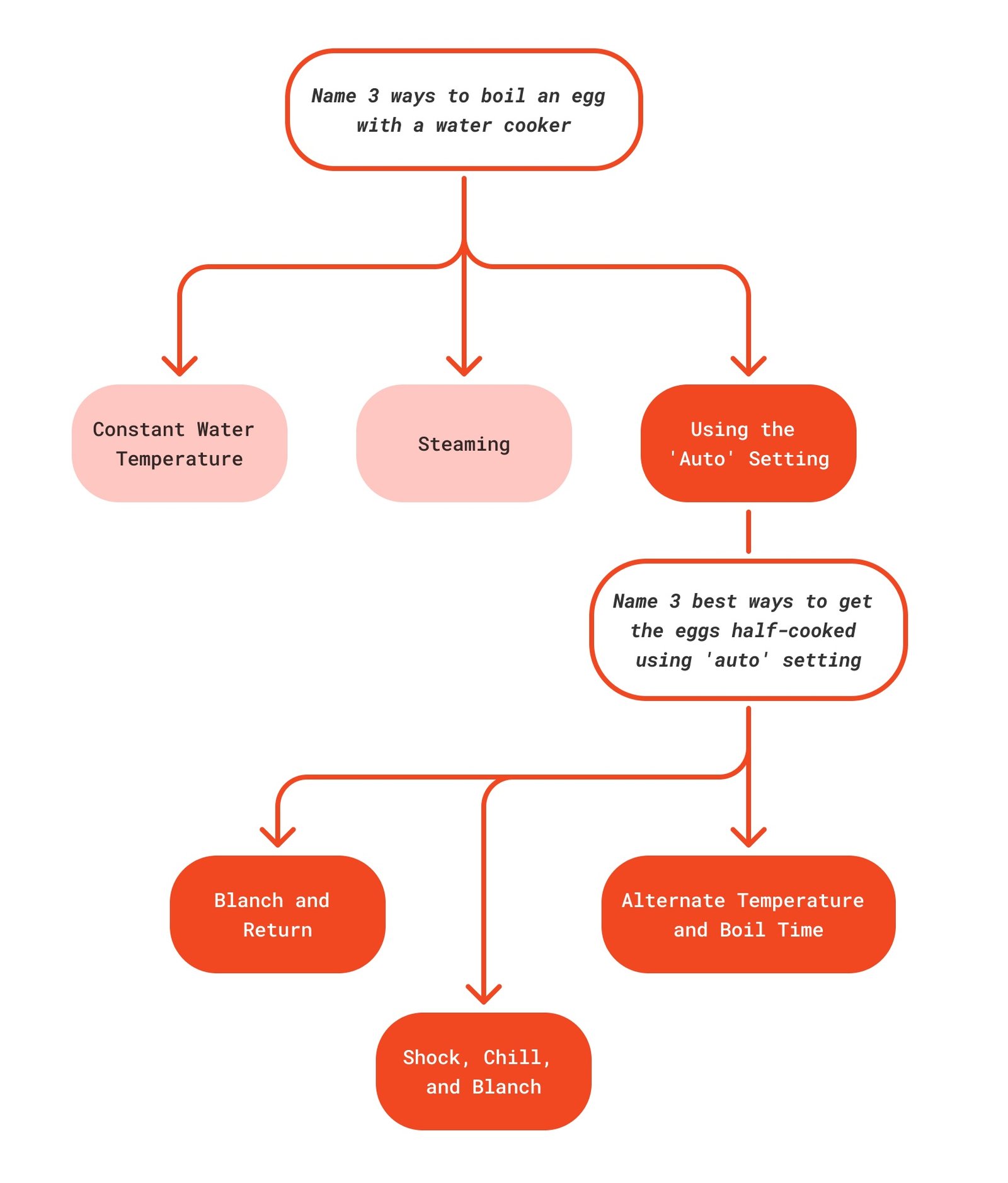Since the release of ChatGPT in November 2022, the rapidly expanding implementation of Large Language Models (LLMs) in different aspects of daily life has not gone unnoticed among artists, designers, and scholars engaged in cultural studies. With well-justified reasons, a good amount of research in these areas has been invested in exploring the technology’s extractivist nature, highlighting its biases, its questionable use of training data and the environmental implications of business models that seek to make these tools accessible to everyone, for a low cost, through seemingly painless and innocuous cloud computing. While acknowledging the seriousness of these concerns, this research investigates a different yet contingent aspect of LLMs: their potential to shape our thoughts when used as tools for introspection.
Trees of Thoughts poses a set of provocative questions: Can LLMs transcend their role as mere information retrieval systems or text generators? Can they become active participants in our inner lives, nurturing ideas that might otherwise remain dormant in hidden niches of our minds? These questions are not technological but rather philosophical. In the short period ChatGPT has been available for public use, we have seen how the technology has already provided its answer, with LLM chats rapidly taking the role of personal assistants, advisors, and life coaches. Still, on a philosophical level, the question remains broad and urgent: to what extent are we open to letting LLMs engage with our deepest thoughts and beliefs? Where is the line between our own thoughts and beliefs and those shaped by external influences? Furthermore, at what point does the authorship of our life’s meaning shift from solely human to a collaboration between humans and machines?
The Methodology Behind the Name
The project’s title, “Trees of Thoughts,” is inspired by the eponymous prompting technique used in working with LLMs, one that involves “branching out” from promising responses and “pruning” less fruitful ones to identify optimal paths for knowledge acquisition. To illustrate this, here is a diagram of a Tree of Thought to find the optimal technique to boil an egg with a water cooker:

While Trees of Thoughts can effectively find optimal solutions for concrete problems like boiling an egg, its potential to address open-ended questions (such as “What is authenticity?”) or subjective tasks, like storytelling, remains largely unexplored. This project hypothesises that no single path to knowledge acquisition is inherently superior, challenging the notion of “better” or “worse” approaches, often used in processes that involve computational thinking. Instead, it proposes that some paths are more self-consistent than others, with consistency built through incremental steps of inner inquiry. In philosophy, this process of building self-consistency through thinking is known as “argumentation,” and it allows diverse viewpoints, like idealism and pragmatism, to coexist. In this project, LLMs will contribute to constructing these consistencies, offering insights into human subjective knowledge.
As the human in the loop, I will retain the crucial role of deciding where to delve deeper into a topic or confront inner thoughts that may challenge rational logic, potentially exposing my irrational inner beliefs or feelings, mostly –I guess– shaped by personal stories and experiences. This approach aligns with the project’s exploration of existential questions and the intricate interplay between AI, creativity, and knowledge acquisition in the search for a particular essence or at least conceptual foundations that can describe what, for the lack of a better word, I call humanness.
Audiovisual Essay
The fruits of these AI-human interactions will be published as a fragmented audiovisual essay that will blend personal footage, archival material, human and synthetic voices, and soundscapes. Each scene of the essay will represent a branch of the tree. The goal isn’t to provide answers but to provoke thought, create a space for reflection around existential questions, and observe the complex interplay between human subjectivity and artificial intelligence in exploratory dialogue with the audiovisual medium.
Ethical Considerations
While Trees of Thoughts primarily focuses on creative exploration and self-reflection, it doesn’t ignore the ethical questions surrounding AI use. How do we ensure these AI companions don’t simply reinforce our biases? How do we maintain human agency, authorship and authenticity in a process that relies heavily on machine-generated content?
The project takes a phenomenological approach to these issues. Rather than viewing AI as a tool for automation or mass production of content, it starts by accepting LLMs as collaborators in a supervised process of authorship. I will position myself as a human in control of the loop, using my better judgment to navigate the AI-generated landscape of ideas and suggestions.
The project will also focus on using open-source models, like Llama, Mixtral and Gemma, aiming to sketch a platform-agnostic method that has the potential to be archived, stored locally, and further explored by other artists and researchers. Working with open-source models also addresses potential concerns about privacy, dependence on third-party services, and the often-overlooked environmental impact of cloud-based AI processing.
A Horizon of Possibilities
As “Trees of Thoughts” unfolds, it promises to yield an interesting audiovisual essay and a methodology for incorporating LLMs into creative processes. This could have positive implications for artists, writers and anyone engaged in finding an authorial voice, producing knowledge or getting to know him/herself better.
In the end, perhaps the most profound question Trees of Thoughts poses is this: In our quest to create artificial intelligence, might we discover new dimensions of our own humanity? This project invites us to explore this question with curiosity, open-mindedness, and a healthy dose of scepticism.
